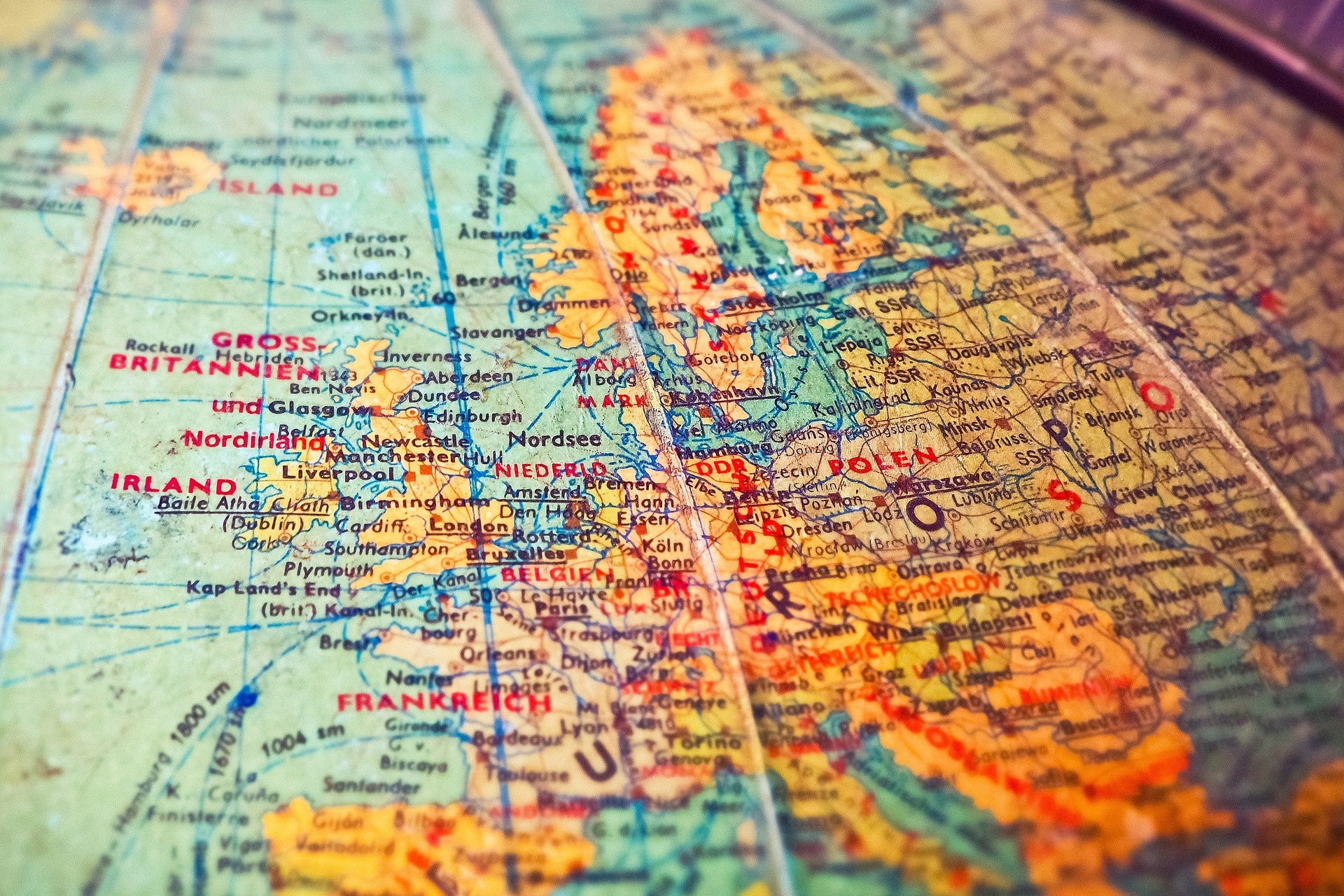**Exposing the Allure: The Relevance of Film Noir in Modern Cinematic Narratives**
Immerse yourself in a world of dark alleys, femme fatales, and moral ambiguity as we delve into the enduring influence of Film Noir on modern cinema. This article explores the intricacies of this cinematic movement, its historical context, and its enduring relevance in contemporary films.

Vintage Shadows: The Emergence of Film Noir
Film Noir, which translates to ‘black film’ in French, emerged during the mid-1940s, a time when the world was grappling with the aftermath of World War II. This cinematic movement, characterized by low-key lighting, morally ambiguous protagonists and intricate narratives, reflected the pessimism and disillusionment pervading society at the time. The origins of Film Noir can be traced back to the hard-boiled detective novels of the 1920s and 1930s, which were later adapted into films. These narratives, populated by flawed heroes and treacherous femme fatales, were a far cry from the idealistic and moral tales that previously dominated Hollywood.
Monochrome Echoes: Film Noir’s Influence on Modern Cinema
Despite its vintage origins, the influence of Film Noir continues to permeate modern cinematic narratives. Contemporary filmmakers often borrow from this style to create complex, character-driven narratives that blur the lines between good and evil. Modern films like ‘Blade Runner,’ ‘No Country for Old Men,’ and ‘Drive’ echo the stylistic elements and narrative structures of classic Film Noir, illustrating its enduring relevance.
Spotlight on the Antihero: Character Complexity in Film Noir
One of the defining characteristics of Film Noir is its focus on morally ambiguous characters, a stark contrast to the archetypal heroes of classic Hollywood films. The protagonists in these narratives are often flawed, cynical, and haunted by their pasts, reflecting the societal disillusionment of the post-war era. This exploration of character complexity and moral ambiguity is a significant aspect of modern cinema, demonstrating the lasting influence of Film Noir.
Exploring the Dark: The Aesthetic of Film Noir
The visual aesthetic of Film Noir, characterized by dramatic shadows, skewed angles, and stark contrasts, creates a distinct mood of unease and uncertainty. This visual style, often used to represent the dark underbelly of society, is frequently employed in modern films to enhance their narrative depth and complexity.
Moving Forward Without Forgetting: The Future of Film Noir
While the heyday of Film Noir may be in the past, its influence continues to shape modern cinema. Filmmakers today still draw on its themes, character archetypes, and visual style to create compelling narratives that resonate with audiences. As cinema continues to evolve, the legacy of Film Noir serves as a reminder of the power of complex characters, intricate narratives, and evocative visuals.
The persistence of Film Noir’s influence on contemporary cinema not only speaks to the timeless appeal of its themes and aesthetics but also underscores its significance in the evolution of cinematic storytelling. As we move forward, the echoes of Film Noir will undoubtedly continue to resonate, reminding us of the power of the cinematic medium to reflect, challenge, and influence societal perspectives.






